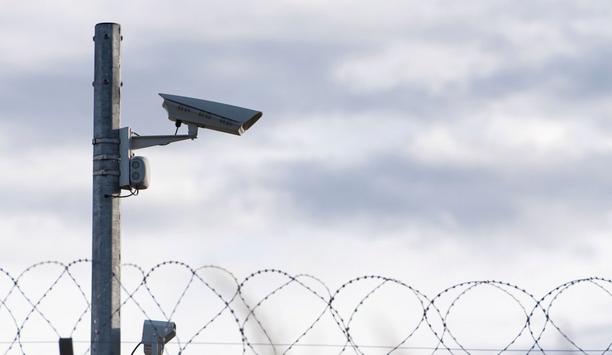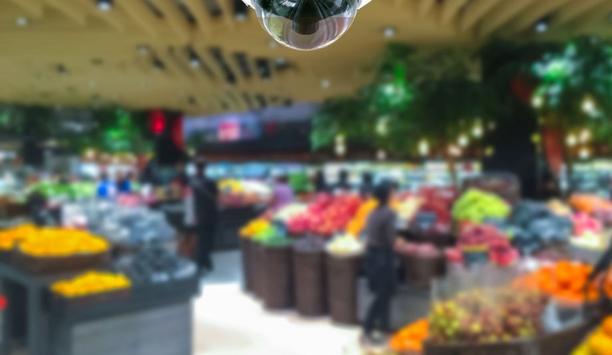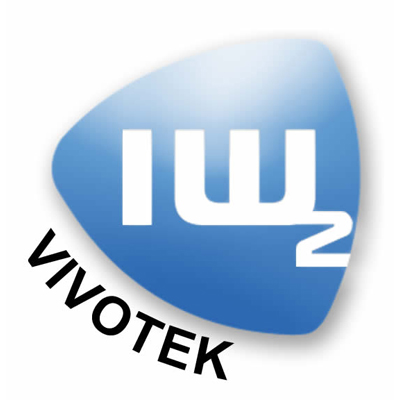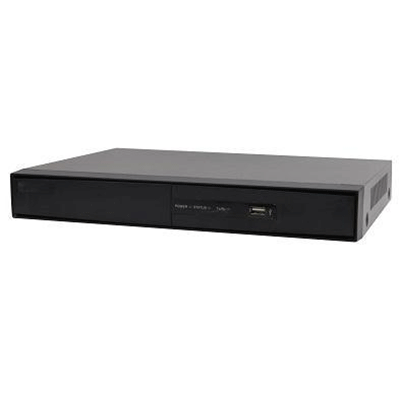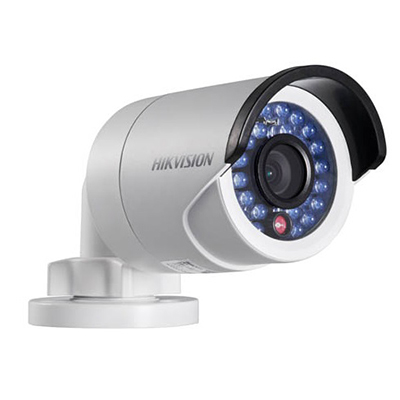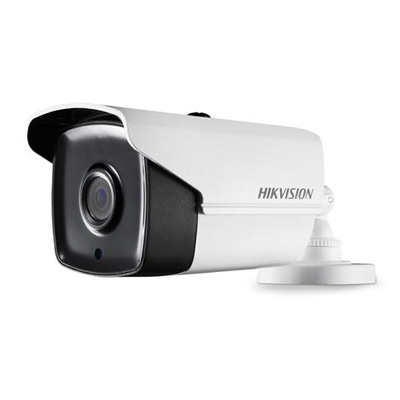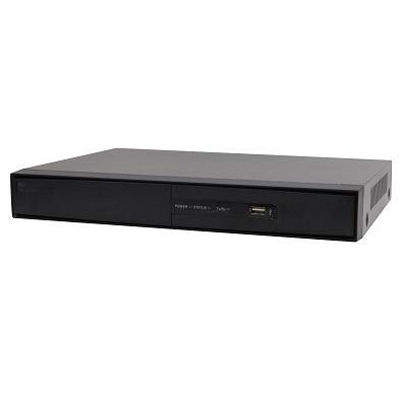Airline passengers who are having their documents examined at an airport’s security checkpoint often try to choose the particular conveyor belt onto which they will place their clothes, coins and laptops.
Not so fast, says TSA. The agency is now planning to introduce what it calls “Randomisers” at security checkpoints, which will randomly determine the conveyor belt to which a specific passenger will be assigned.
TSA has just issued a Request for Information (RFI) to prospective vendors who could develop and supply such randomisers, which TSA expects to deploy at CAT X through CAT IV airports throughout the United States.
“The Randomisers would be used to route passengers randomly to different checkpoint lines,” says the agency’s RFI.
Having screened hundreds of millions of airline passengers over the years, TSA has developed a keen sense of the characteristics that such a Randomiser should and should not possess. Here is a list of TSA’s do’s and don’ts:
Visibility – The Randomiser must be visible to both the passenger and the “Travel Document Checker” who examines a passenger’s passport, driver’s license or identification documents. “The Randomiser can be in many form factors, but in general, the smaller the randomiser, the better,” suggests the agency. “Depending on the form factor, the element that displays the result can be placed on the TDC podium or be standalone.”
Defined percentages – TSA must be able to determine the percentages that the Randomiser implements, such as directing 60 percent of all passengers to the left, and 40 percent to the right. “The system shall display user defined percentage ratios only when the ratios are being configured.”
Negative connotations – The system must not display its results in a way that would offend or antagonize the passengers. “No usage of ‘Yes/No,’ ‘O/X,’ usage of the colour combination of Green and Red,” insists TSA’s request for information. “An example of an acceptable signal is an arrow using the same colour scheme.”
Dimensions – The Randomiser must not be more than 45 inches high, 37 inches wide and 37 inches deep. It should operate as a portable, standalone unit, using commercially available 120 volt AC current, and be able to function on batteries.
TSA expects to award one or more indefinite delivery/indefinite quantity (IDIQ) firm fixed price contracts, says the TSA notice.




